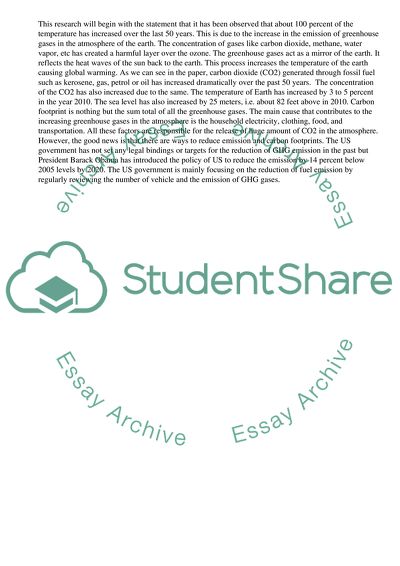Cite this document
(“Greenhouse Business Challenge and Carbon Footprint Assignment”, n.d.)
Greenhouse Business Challenge and Carbon Footprint Assignment. Retrieved from https://studentshare.org/business/1598384-greenhouse-business-challenge-and-carbon-footprint-climate-change-apple
Greenhouse Business Challenge and Carbon Footprint Assignment. Retrieved from https://studentshare.org/business/1598384-greenhouse-business-challenge-and-carbon-footprint-climate-change-apple
(Greenhouse Business Challenge and Carbon Footprint Assignment)
Greenhouse Business Challenge and Carbon Footprint Assignment. https://studentshare.org/business/1598384-greenhouse-business-challenge-and-carbon-footprint-climate-change-apple.
Greenhouse Business Challenge and Carbon Footprint Assignment. https://studentshare.org/business/1598384-greenhouse-business-challenge-and-carbon-footprint-climate-change-apple.
“Greenhouse Business Challenge and Carbon Footprint Assignment”, n.d. https://studentshare.org/business/1598384-greenhouse-business-challenge-and-carbon-footprint-climate-change-apple.


